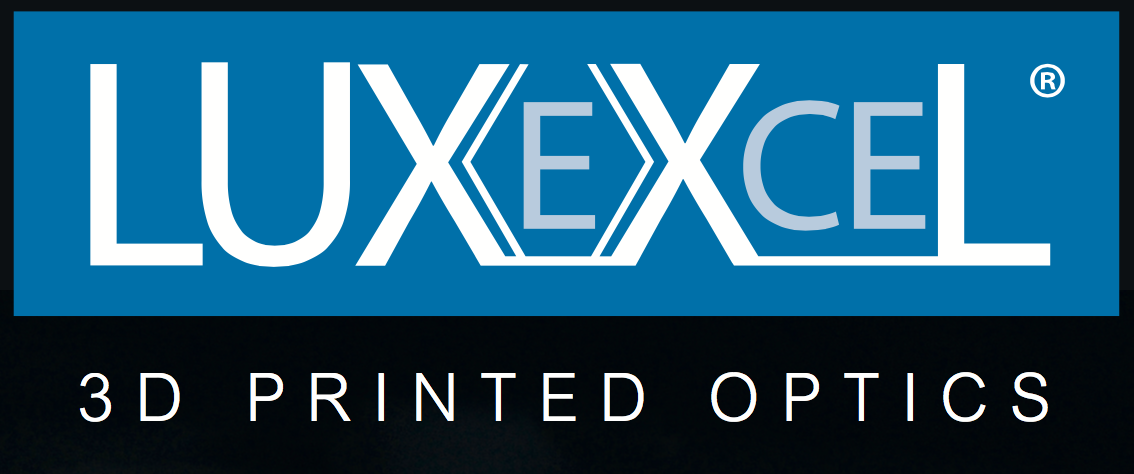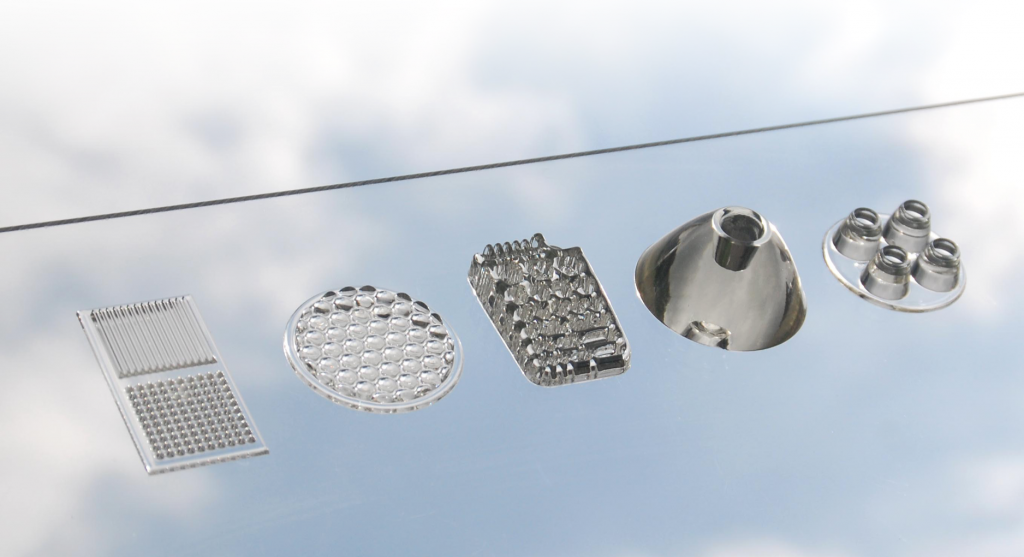
Recently, they have released to a limited audience the results of their efforts to quantify the differences among 3D printing materials in terms of the material’s optical properties and overall quality. The research project involved the manipulation of a variety of variables in order to create a precise score for each of the materials tested. The idea behind the research is that it is one thing to qualitatively understand that a series of products are transparent, but the R&D team wanted to be able to qualify and therefore rank different materials and processes.
“Transparent 3D printing is quite difficult, especially to print without the need for elaborate post-processing. Nowadays, a variety of materials and different 3D print technologies are available on the market. However, between these printing technologies there are a lot of difference in the definition of transparency. Most of the 3D printing technologies are not developed for optical applications where light transmission is highly important.”
In the research performed for the report, they compared the most commonly utilized 3D printing technologies: Printoptical Technology, SLA, Multi Jet Modeling, and Polyjet printing. They created samples of 30mm x 30mm x 2mm using each printing method. A baseline was established by measuring the optical properties of each of the samples for the four primary methods of transparent 3D printing in terms of light transmission and diffusion as well for yellowness. One 0f the primary impediments in the use of 3d printing to create transparent materials is the inevitable scattering that occurs as a result of the method of layering that is utilized.
“To summarize, when it comes to 3D printing there is a broad definition. However, when you measure sample plates of each technology, you start to notice differences between the technologies. If you would like to obtain smooth, transparent products with optical function, Printoptical Technology suits your demands best.”
It should come as no surprise that the company’s evaluation of their own products lead to the conclusion that theirs are the best available. However, what this report really does is issue a challenge to any who wish to compete in the market for transparent 3D printing, and either there will be a bevy of similar research reports to appear and help to calibrate the standards of clarity or LUXeXceL will carry the day.
That much is definitely clear.
Let’s hear your thoughts on this new report. Discuss in the LUXeXcel Forum thread on 3DPB.com. The full report can be found here.
